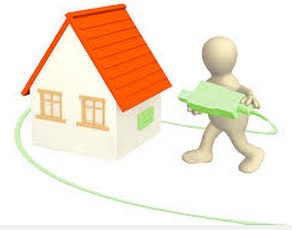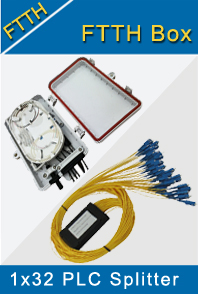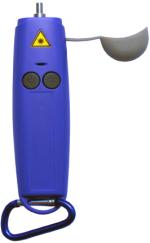-

- Sopto Home
-

- Special Topic
-

- FTTH Knowledge
-

- Dead Zones Influence on OTDR
FTTH Knowledge
- Solving the FTTH Rollout Problem in Multiple Dwelling Units
- WDM PON Introduction FAQ
- A Simple Overview of Optical Power Meter
- ODN is based on PON FTTH Optical Cable Network of the Device
- Using an OTDR to be an Expert in Fiber Link Testing
- How FTTH Broadband Works?
- Connections among Fiber Terminal Boxes & Patch Cables & Pigtails
- Easy to Install a Fiber Terminal Box
- What is Arrayed Waveguide Grating?
SOPTO Special Topic
Certificate



Guarantee
Except products belongs to Bargain Shop section, all products are warranted by SOPTO only to purchasers for resale or for use in business or original equipment manufacturer, against defects in workmanship or materials under normal use (consumables, normal tear and wear excluded) for one year after date of purchase from SOPTO, unless otherwise stated...
Return Policies
Defective products will be accepted for exchange, at our discretion, within 14 days from receipt. Buyer might be requested to return the defective products to SOPTO for verification or authorized service location, as SOPTO designated, shipping costs prepaid. .....
Applications

Sopto supply the best FTTH solutions for your network!
SOPTO Products
- Fiber Optic Transceiver Module
- High Speed Cable
- Fiber Optical Cable
- Fiber Optical Patch Cords
- Splitter CWDM DWDM
- PON Solution
- FTTH Box ODF Closure
- PCI-E Network Card
- Network Cables
- Fiber Optical Adapter
- Fiber Optical Attenuator
- Fiber Media Converter
- PDH Multiplexers
- Protocol Converter
- Digital Video Multiplexer
- Fiber Optical Tools
- Compatible
Related Products
Performance Feature
FTTH Knowledge
Recommended

Dead Zones Influence on OTDR
Dead zones originate from reflective events (connectors, mechanical splices, etc.) along the link, and they affect the OTDR’s ability to accurately measure attenuation on shorter links and differentiate closely spaced events, such as connectors in patch panels, etc. When the strong optical reflection from such an event reaches the OTDR, its detection circuit becomes saturated for a specific amount of time (converted to distance in the OTDR) until it recovers and can once again measure backscattering accurately. As a result of this saturation, there is a part of the fiber link following the reflective event that can’t be “seen” by the OTDR, hence the term dead zone.
When specifying OTDR performance, analyzing the dead zone is very important to ensure the whole link is measured. Two types of dead zones are usually specified:

1. Event dead zone: This refers to the minimum distance required for consecutive reflective events to be “resolved”1, i.e., to be differentiated from each other. If a reflective event is within the event dead zone of the preceding event, it will not be detected and measured correctly. Industry standard values range from 0.8 m to 5 m for this specification.
2. Attenuation dead zone: This refers to the minimum distance required, after a reflective event, for the OTDR to measure a reflective or non-reflective event loss. To measure short links and to characterize or find faults in patch cords and leads, the shortest possible attenuation dead zone is best. Industry standard values range from 3 m to 10 m for this specification.
Sampling Resolution
Sampling resolution is defined as the minimum distance between two consecutive sampling points acquired by the instrument. This parameter is crucial, as it defines the ultimate distance accuracy and fault-finding capability of the OTDR. Depending on the selected pulse width and distance range, this value could vary from 4 cm to 5 m for EXFO’s FTB-7000D series.
Pass/Fail Thresholds
This is an important feature because a great deal of time can be saved in the analysis of OTDR traces if the user is able to set pass/fail thresholds for parameters of interest (e.g., such as splice loss or connector reflection). These thresholds highlight parameters that have exceeded a warning or fail limit set by the user and, when used in conjunction with reporting software, it can rapidly provide re-work sheets for installation/commissioning engineers.
Report Generation
Report generation is another major timesaver, as post-processing time can be reduced by up to 90% if the OTDR has specialized post-processing software allowing fast and easy generation of OTDR reports; these can also include powerful batch processing, bidirectional analyses of OTDR traces, live templating for OTDR testing, various report templates for ORL/OTDR/CD/PMD, and summary reports for high-fiber-count cables.
For more info, please browse our website or contact a Sopto representative by calling 86-755-36946668, or by sending an email to info@sopto.com.



